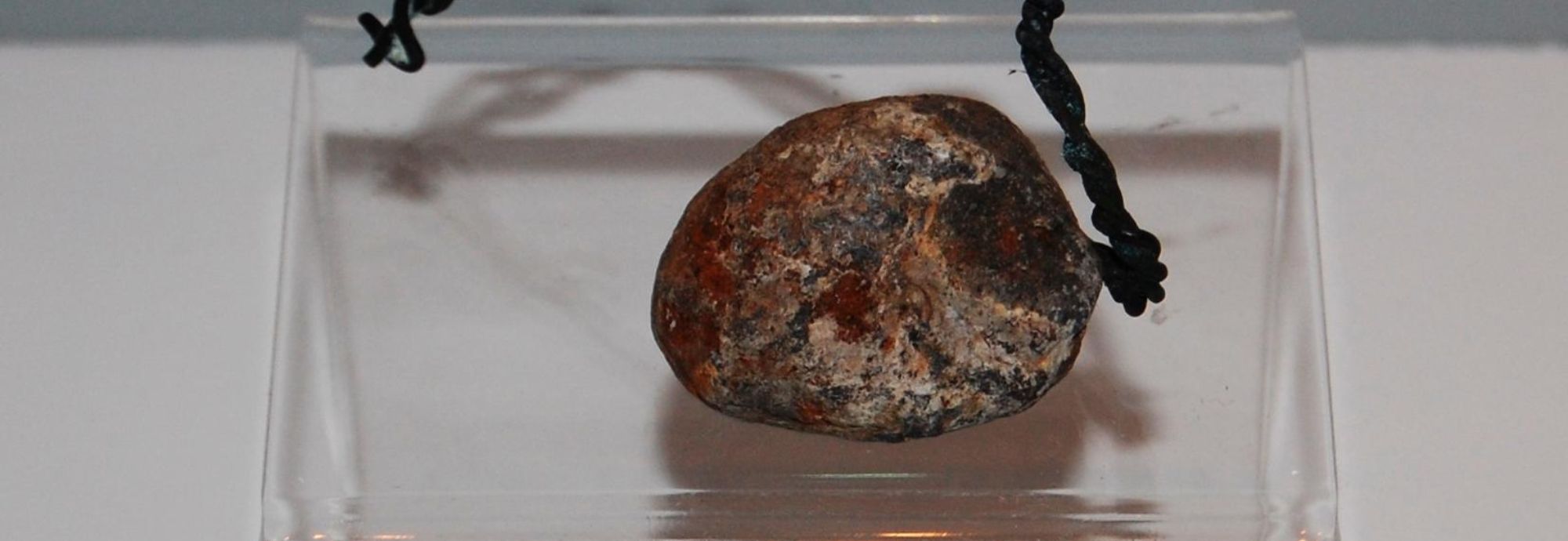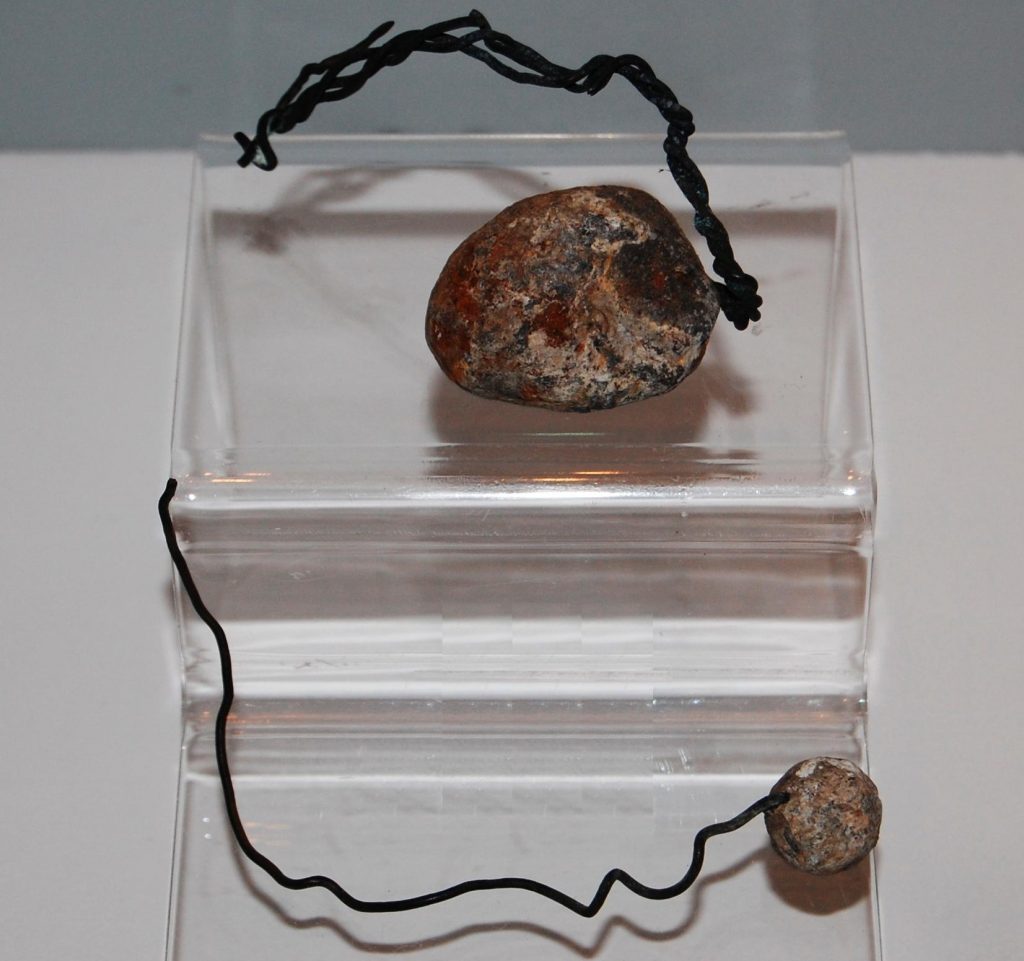

The Hanover was a 100ft two-masted brigantine which was built in 1757. It made its final journey in 1763. On 20 November 1763 the Hanover left Lisbon on its way to Falmouth. On 2 December the ship was hit by a gale so strong it was later classified as a hurricane. Of the 27 crew and just over 30 passengers who were on board, it is believed that only three survived. Captain Joseph Sherbourne’s body was found some days later and said to be so badly disfigured that he could only be identified by his clothing.
A tragedy of this magnitude was sure to make an impression, however, the reason the Hanover wreck became so famous was that during its journey to Falmouth the ship was carrying diamonds and 50.000 Portuguese gold moidores (coins), a cargo that is said to have a current value of £50 million. After the accident, 60 local men were sent to recover the treasure of the ship. Due to the location of the wreck, and sea conditions, they were unsuccessful. Two years later a trunk containing bullion was salvaged, however, to this day no one knows how much of the treasure was actually recovered and how much still remains on the wreck.
The real treasure, however, were the objects found more recently.
In 1994, Cornish diver Colin Martin found the Hanover wreck after seven years of searching. The wreck was recognised being as the Hanover due to a bell inscribed ‘The Hanover Packet 1757’. From 1994-1997, excavations of the wreck led to the recovery of many objects, including 100 human remains. These were later buried on a memorial service for the crew and passengers of the Hanover.
In amongst the objects recovered from the Hanover was a bag containing gunpowder. This was used to fire the cannons on the ship. Different sizes and types of ammunition were found. This included different sizes of lead grape shot, made of lead with copper wire cast into them. Once the shot was fired, the wire expanded to its full length and begun spinning. Unlike most ammunition which was aimed at masts and sails, this shot was aimed at the crew and would cause devastating damage on impact. The wire wrapped around the shot would reduce the accuracy of the weapons. As this shot was generally aimed at packed groups of men, the accuracy of the weapon was not as important as the damage it would cause, disabling the crew with minimum damage to the ship, which could then be taken as a prize.
The shot, as well as the contents of the cannon, have been added to our Hanover collection which can be found at the Falmouth Gallery. Learn more about the tragic loss of the Hanover in our Bartlett Blog.

Lead grape shot recovered from the Hanover wreck.

National Maritime
Museum Cornwall Trust
Discovery Quay
Falmouth Cornwall
TR11 3QY
View Map
See our opening hours
Tel: +44(0)1326 313388
Email: enquiries@nmmc.co.uk